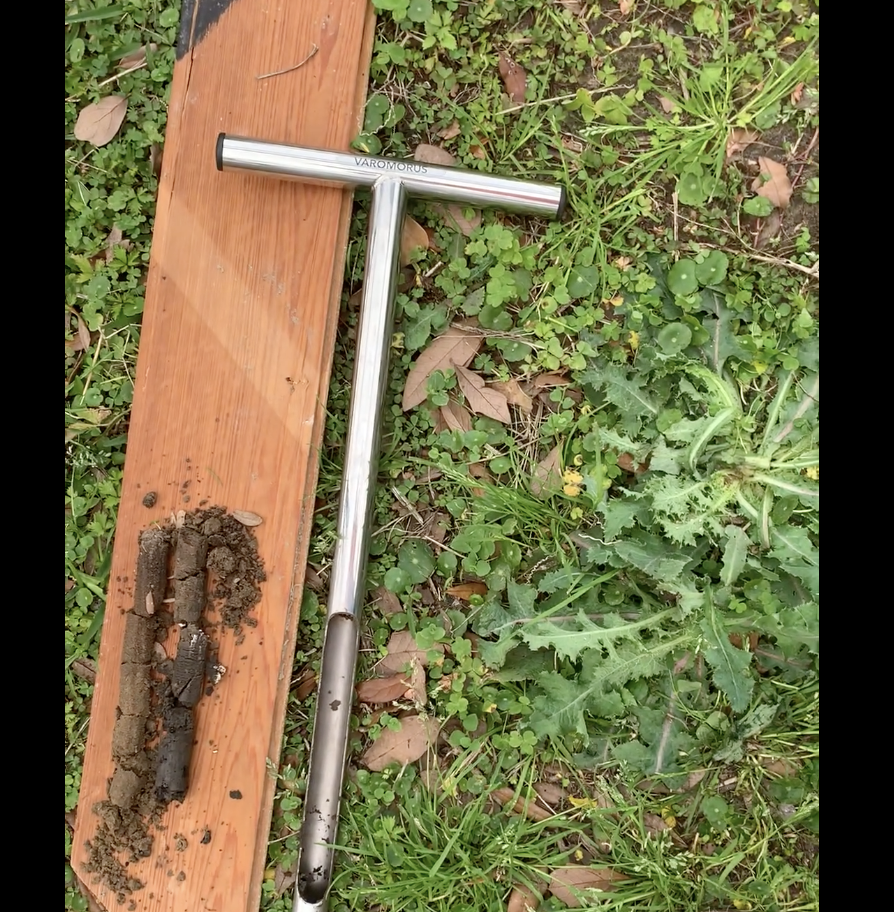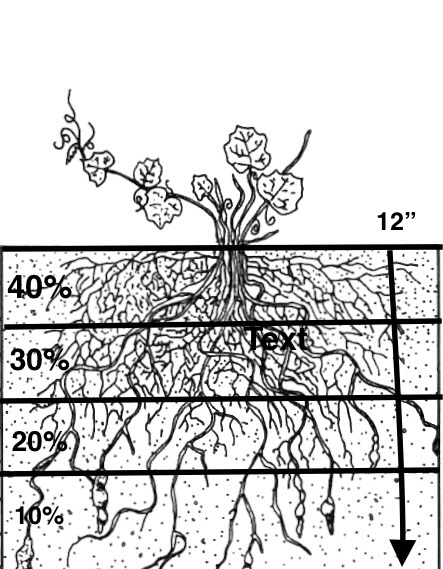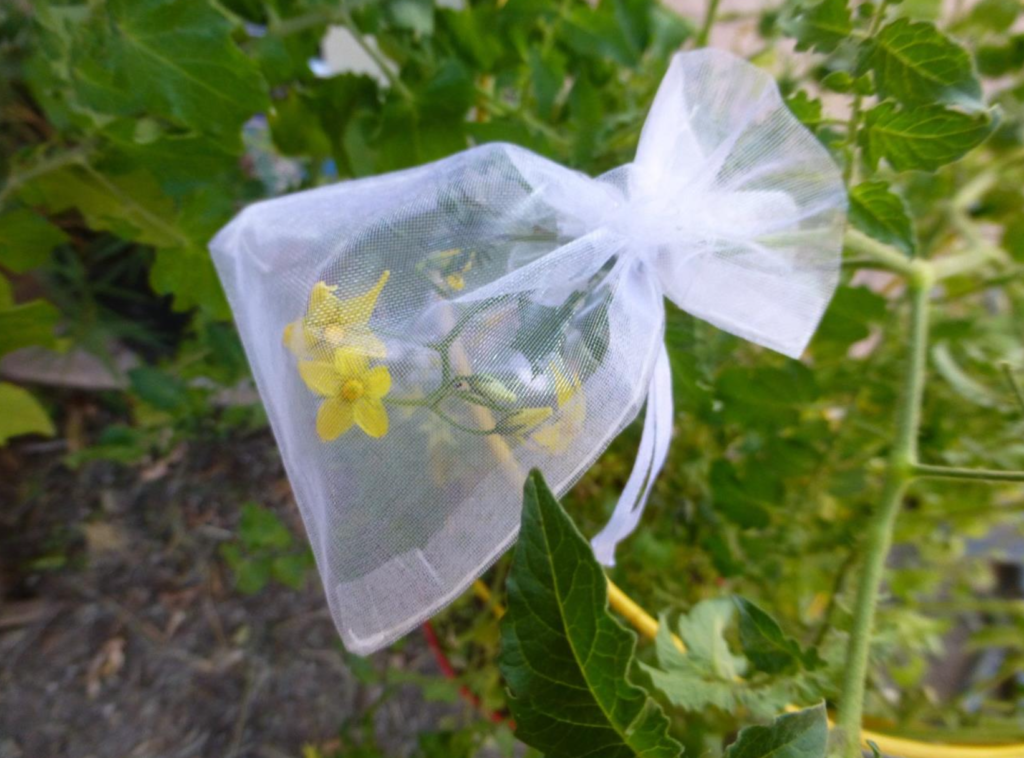How to Use a Soil Sampler to Prevent Watering Problems in Mirlitons
 The soil sampler is the simplest way to see how much moisture your mirliton roots are getting. It’s the only quick, inexpensive way to see if you have over-watered or under-watered your vine. The “second knuckle” method of sticking your finger into the soil only tells you what the soil moisture is near the surface; that method does not work with mirlitons because the roots extend downward 8″. Electric meters are also ineffective because they measure electrical conductivity–not soil moisture. The only way to know the available soil moisture beneath your mirliton is to see and touch it, and that’s exactly what a soil sampler allows you to do. Mirliton growers in Brazil have used this method for years. James Leblanc shows you how to take a sample and check the moisture levels at root zone levels.
The soil sampler is the simplest way to see how much moisture your mirliton roots are getting. It’s the only quick, inexpensive way to see if you have over-watered or under-watered your vine. The “second knuckle” method of sticking your finger into the soil only tells you what the soil moisture is near the surface; that method does not work with mirlitons because the roots extend downward 8″. Electric meters are also ineffective because they measure electrical conductivity–not soil moisture. The only way to know the available soil moisture beneath your mirliton is to see and touch it, and that’s exactly what a soil sampler allows you to do. Mirliton growers in Brazil have used this method for years. James Leblanc shows you how to take a sample and check the moisture levels at root zone levels.
See the video here
Buy a soil sampler here.
Mirliton rootzone:


Recent Comments